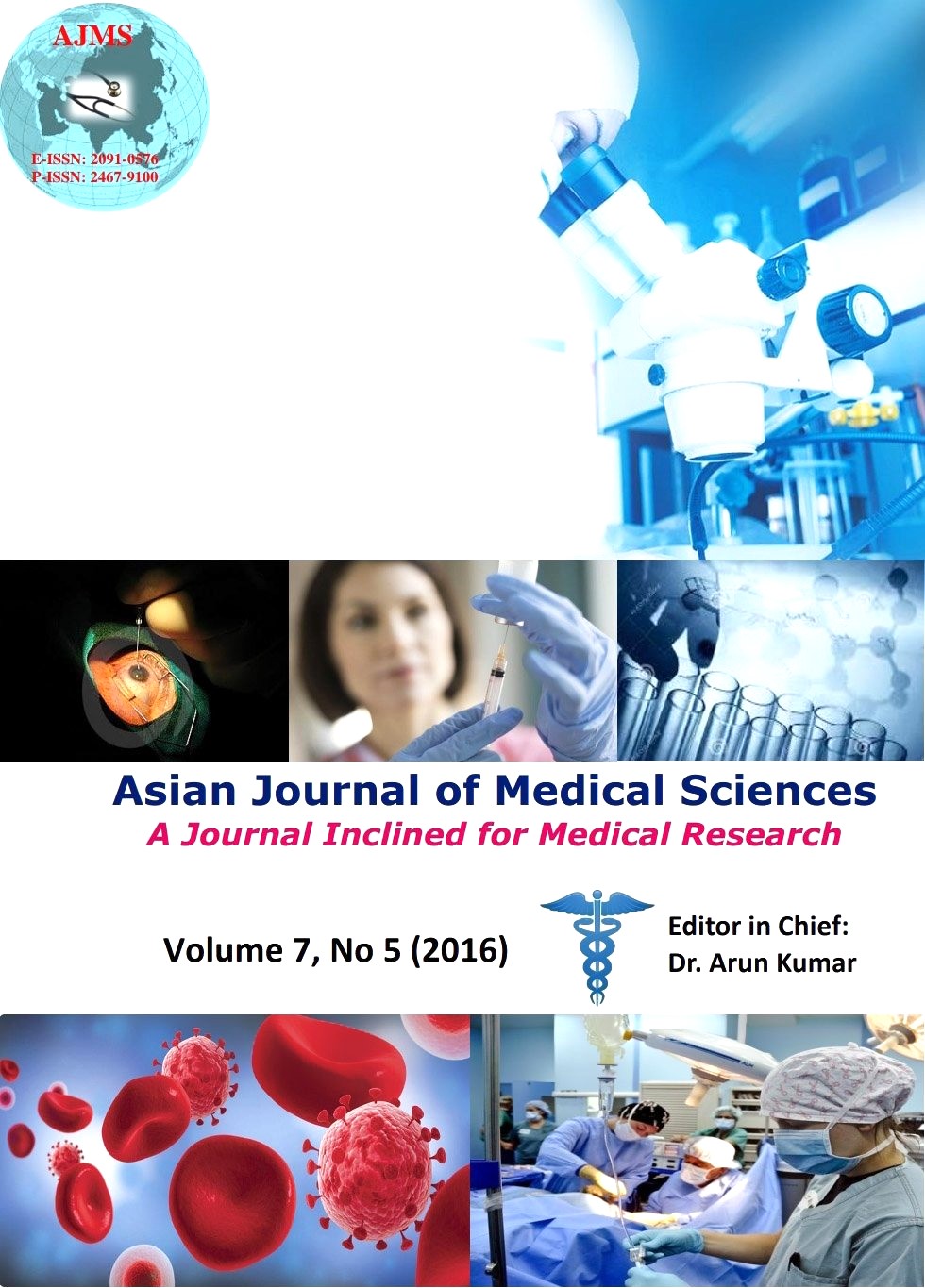Effect of barefoot walking on foot arch structure in Tribal children
Keywords:
Medial longitudinal arch, pes planus, pes cavus, arch indexAbstract
Background: The anatomy of human foot owes its adaptation to bipedal locomotion. Support and propulsion are the two main activities of foot which are possible due to segmental nature of foot. Bony architecture contributes to the arches of foot. Continuous stress put on the foot during childhood is expected to have changes in developing bone morphology. Pes planus and pes cavus are the two major foot deformities involving medial longitudinal arch.
Aims and Objectives: The purpose of this study was to investigate the prevalence of pes planus and pes cavus among tribal children of Andhra Pradesh state in India.
Materials and Methods: A sample size of 360 healthy tribal children, between the age group of 3-15 years, was randomly selected from Andhra Pradesh State. Anthropometric variables such as standing height and weight, foot length and width were measured. Height was measured using measuring tape and weight using weighing scale. Foot length and foot width were measured using osteometric board. BMI was calculated using the formula BMI= (weight (kg)*10000)/(height(cm))2. Static foot prints of both feet were taken on graph sheets in both weight bearing and non weight bearing conditions. Arch index proposed by Cavanagh and Rodgers was followed to measure Medial longitudinal arch (MLA). MLA was classifed AI≤0.21 as pes cavus, AI=0.21-0.26 as normal foot and AI≥0.26 pes cavus.
Results: Incidence of pes cavus was found to be higher than pes planus. Overall prevalence of pes planus was 26.4% & 25.6% while pes cavus was 58.9% & 66.7% for right and left foot respectively. Pes planus at 3-4 year age group was 60% and 63.3% which decreased to 16.7% and 30% at 14-15 year age group for right and left foot respectively. Pes cavus at 3-4 year age group was 33.3% and 33.3% while at 14-15 year age group was 76.7% and 66.7% for right and left foot respectively.
Conclusion: Pes cavus was found to be high among 3-15 year children. Age and gender were associated with foot arch structure. External factors like ethnic variations, hilly areas, bare foot walking; climbing trees might have a great role in infl uencing foot arch structure. Alteration from normal foot structure may infl uence the gait and lead to different injury patterns.
Asian Journal of Medical Sciences Vol.7(5) 2016 108-116
Downloads
Downloads
Published
How to Cite
Issue
Section
License
Authors who publish with this journal agree to the following terms:
- The journal holds copyright and publishes the work under a Creative Commons CC-BY-NC license that permits use, distribution and reprduction in any medium, provided the original work is properly cited and is not used for commercial purposes. The journal should be recognised as the original publisher of this work.
- Authors are able to enter into separate, additional contractual arrangements for the non-exclusive distribution of the journal's published version of the work (e.g., post it to an institutional repository or publish it in a book), with an acknowledgement of its initial publication in this journal.
- Authors are permitted and encouraged to post their work online (e.g., in institutional repositories or on their website) prior to and during the submission process, as it can lead to productive exchanges, as well as earlier and greater citation of published work (See The Effect of Open Access).




